Restraint in Schools: The Last Taboo
Discussing The Use of Restraint in Schools
Is there anything more distressing and potentially damaging than the moment an adult places hands on a child?
Joe White
Physically restraining a child is a reality faced by many teachers daily. Many are put in difficult situations having to support vulnerable children through crises with limited support from leadership, external agencies or maybe even parents. It is unlikely any teacher went into the profession even considering they may face violence in the classroom or school. The use of restraint is never covered in teacher training. No matter what type of school you work in there is a chance you may be the victim of assault or have to intervene physically to protect another child or member of staff.
Restraint in Schools: Our Children In Crisis
I am not going to share examples, discussing restraint should never be the sharing of stories, or comparing of scars. These incidents represent a time a child has reached a crisis point or a teacher has had to respond to an emergency. Each story represents a traumatic event that has consequences for all involved.
It is a reality that no matter how good we are at managing behaviour, sometimes a situation will escalate to the point where the risk of not intervening is too great. This is not an article about discipline or classroom management. This is not an article based on a rose-tinted view of the good old days, I only started teaching in 2006.
If we hide behind denial, that this situation could never happen in our school we are putting ourselves and our students at risk. Restraint in schools is ultimately a consequence of events in a child’s life that occur both in and outside of school, its use reflects issues in society at large. Whether that is a student’s home life or a result of systemic failings to meet the needs of our most vulnerable young people. The classroom is often the place where these issues are brought to a head. As a profession, we need to facilitate honest and open discussion of this issue before a culture of physical intervention becomes the norm. Restraint is a restrictive practice that does cause trauma.
Pressures and Expectations
There are pressures and expectations on young people in a classroom that some will struggle with. Others will push against them, no matter what their background, diagnosis or label. The classroom is in many ways a microcosm that squeezes together some of the most challenging aspects of the world at large and expects young people to deal with them as a rational adult would. Authority, demands, hierarchy, often conflicting parental and peer expectations. Unwanted or maybe even longed-for social interactions all come together in this pressure cooker with you as the teacher using all your skills to bring diverse classes together for a shared purpose.
There are expectations for teachers as well. SLT expect us to be at the top of our game at all times, to teach and enable all our students to succeed. These expectations are essential but must be realistic and backed up with support and knowledge of our student population. This situation will inevitably lead to challenging behaviour and most teachers are adept at managing this. Success stories of teachers enabling even our most disengaged students to succeed are prevalent.
Restraint and Extreme Behaviours
I don’t think any teacher starts work on Monday and presumes the week will be without some low-level behavioural issue or other. All should expect the highest levels of respect between all members of the school community. It is the extreme behaviours that often leave us struggling for effective strategies.
Each school should have a toolkit of interventions they can use before resorting to a physical solution before the spectre of restraint ever raises its head.
There are also many ways in which the ethos of the school or provision can affect how incidents of challenging behaviour are managed. This will then determine how likely they are to escalate to the point a restraint is required. These may be the approach taken to behaviour support, is it positive or punitive? Do teachers have the flexibility to apply the behaviour policy according to the needs of the child? I believe it is essential that teachers have the freedom to differentiate the disciplinary procedures in the same way they would differentiate a lesson.
This differentiation in discipline relies on a positive school ethos where the behaviour is not used to define the child, where each child is seen as an individual and the school works hard to include every child no matter what their challenges or difficulty. It is in this area that I believe the ethos of mainstream and specialist provision shows the widest chasm. Not without reason, additional pressures, differences in support levels and funding. If one child threatens to disrupt the learning of others the pressure falls on the teacher to control the situation. It is essential to acknowledge that each child, especially our most vulnerable need and respond to different approaches. We accept this in terms of learning so why do we not recognise this when it’s related to behaviour. If we can get this right the need for physical interventions would be reduced.
Teachers should never become just another adult enforcing their will on the child.
Thank you for reading: An edited version of this post is available on the TES website.
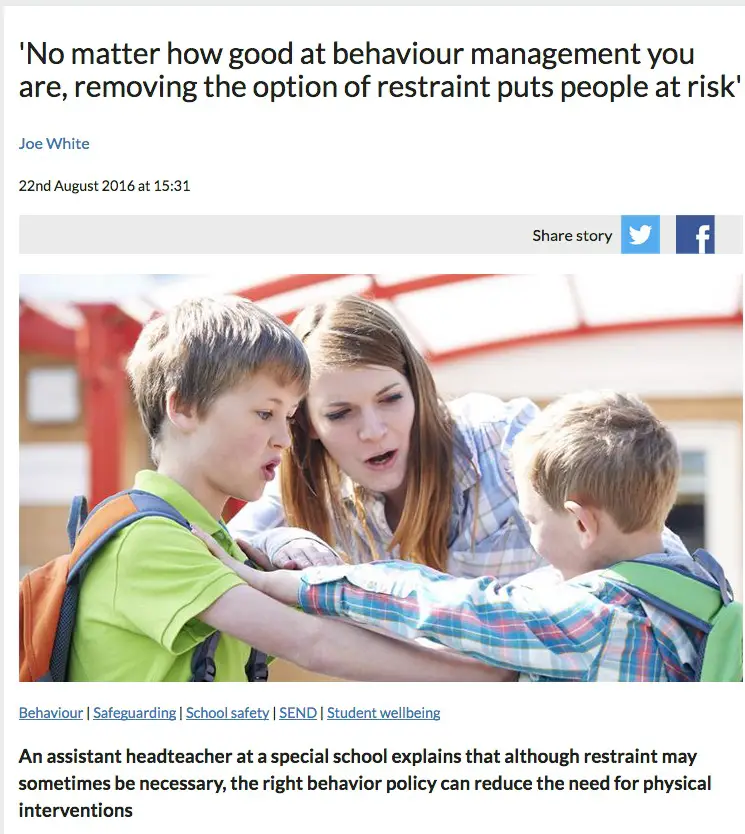

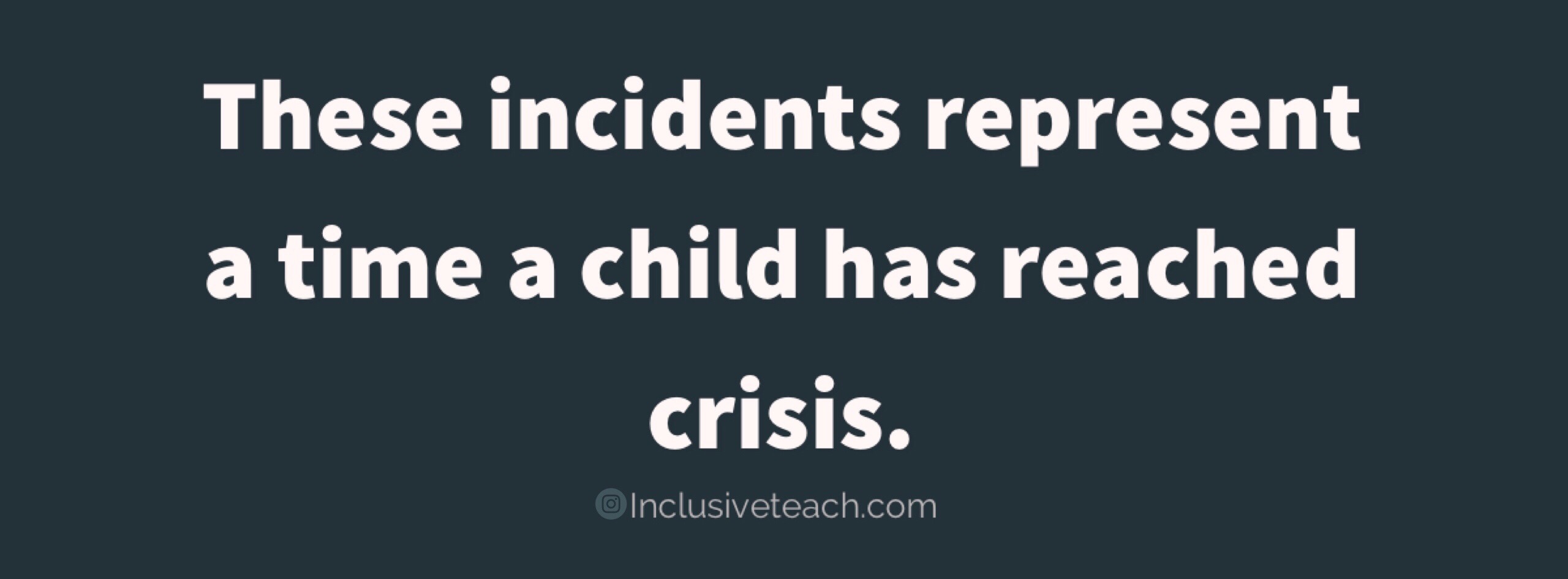

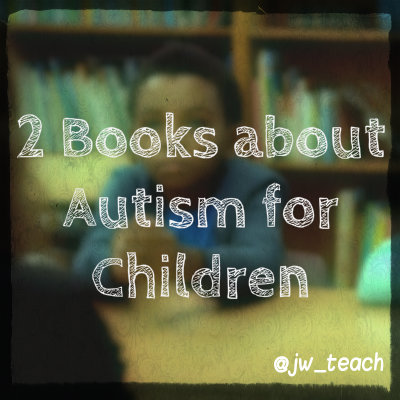

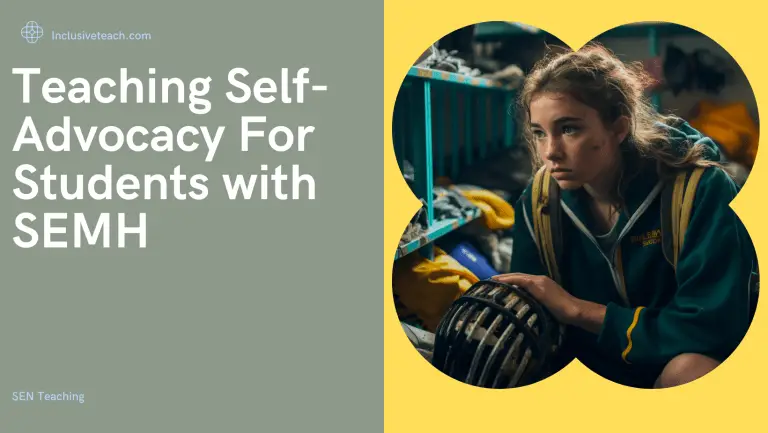
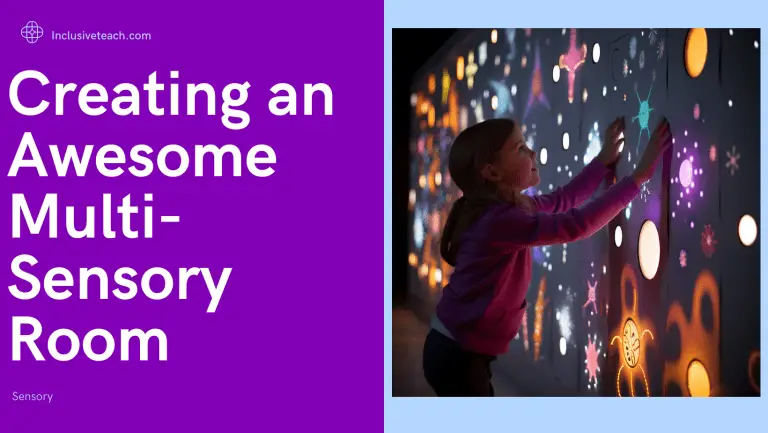
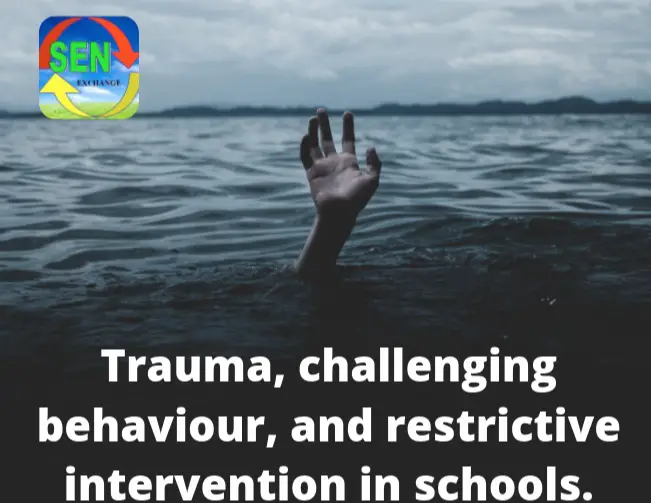

Thanks Joe. So timely after something that happened today where I was the vulnerable/scared class teacher and DHT pupil support and SLT expected to exclude all at the same time.
I de escalated and will call everyone back to reflect tomorrow.
This is a fantastic piece.
Thank you for your comments. Hope everyone came out alright. Reflection after some thinking time is good practice.
Very well written! I chose this blog post for a discussion in class….